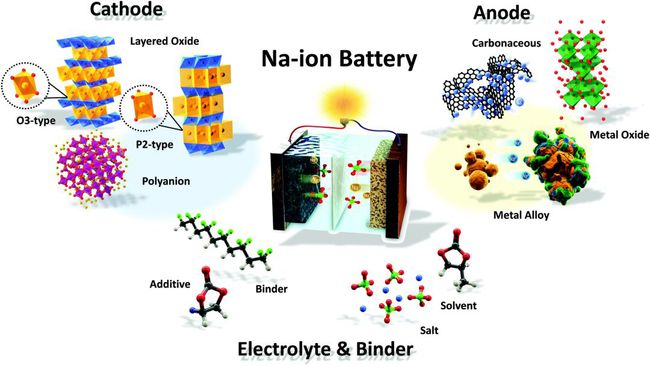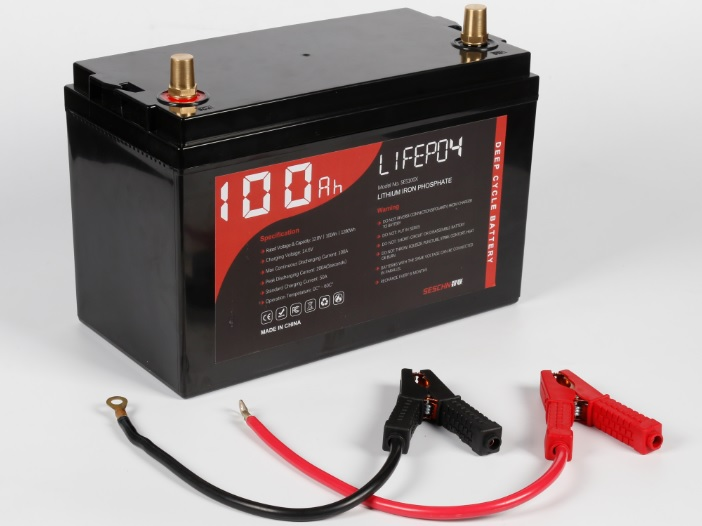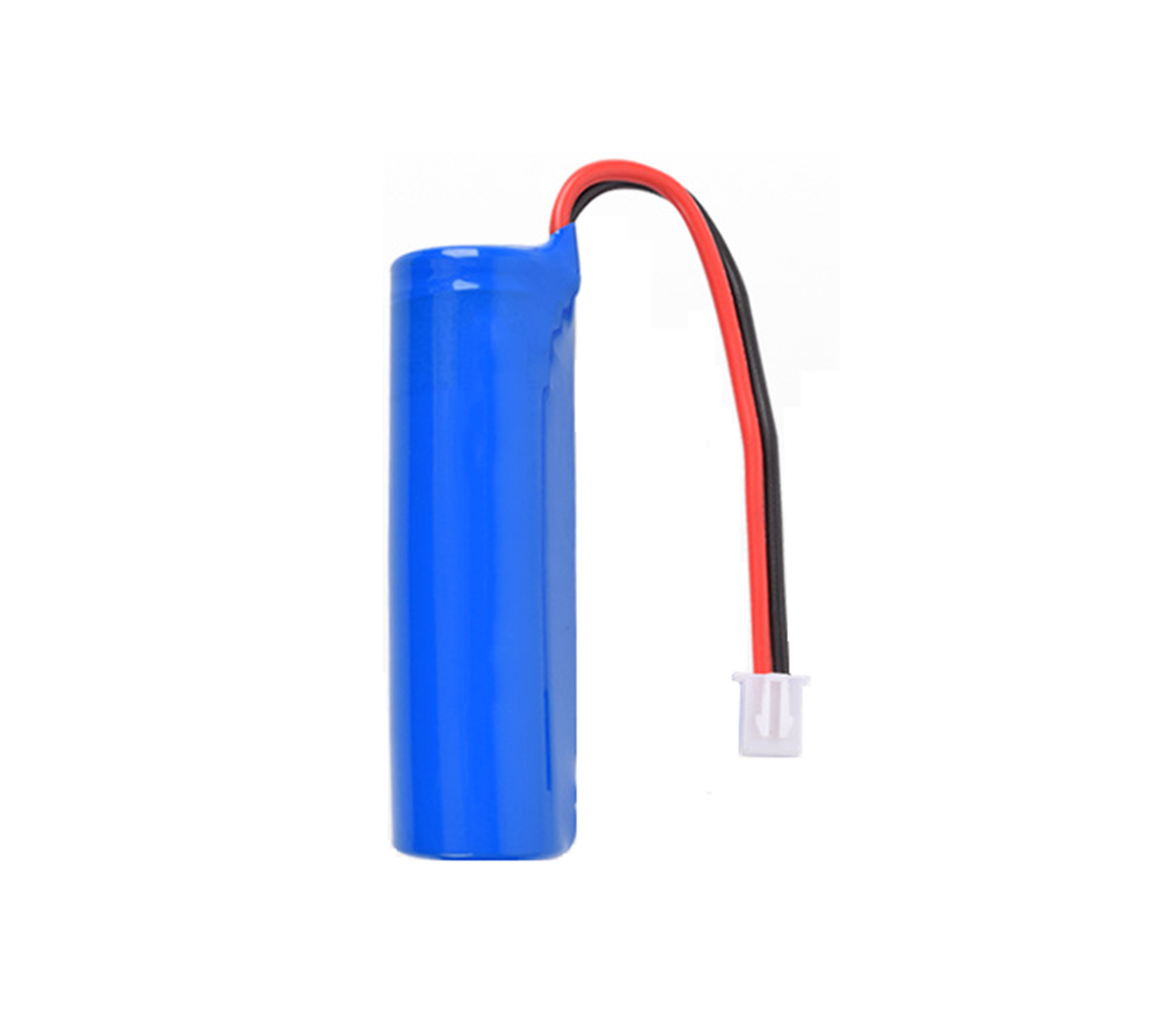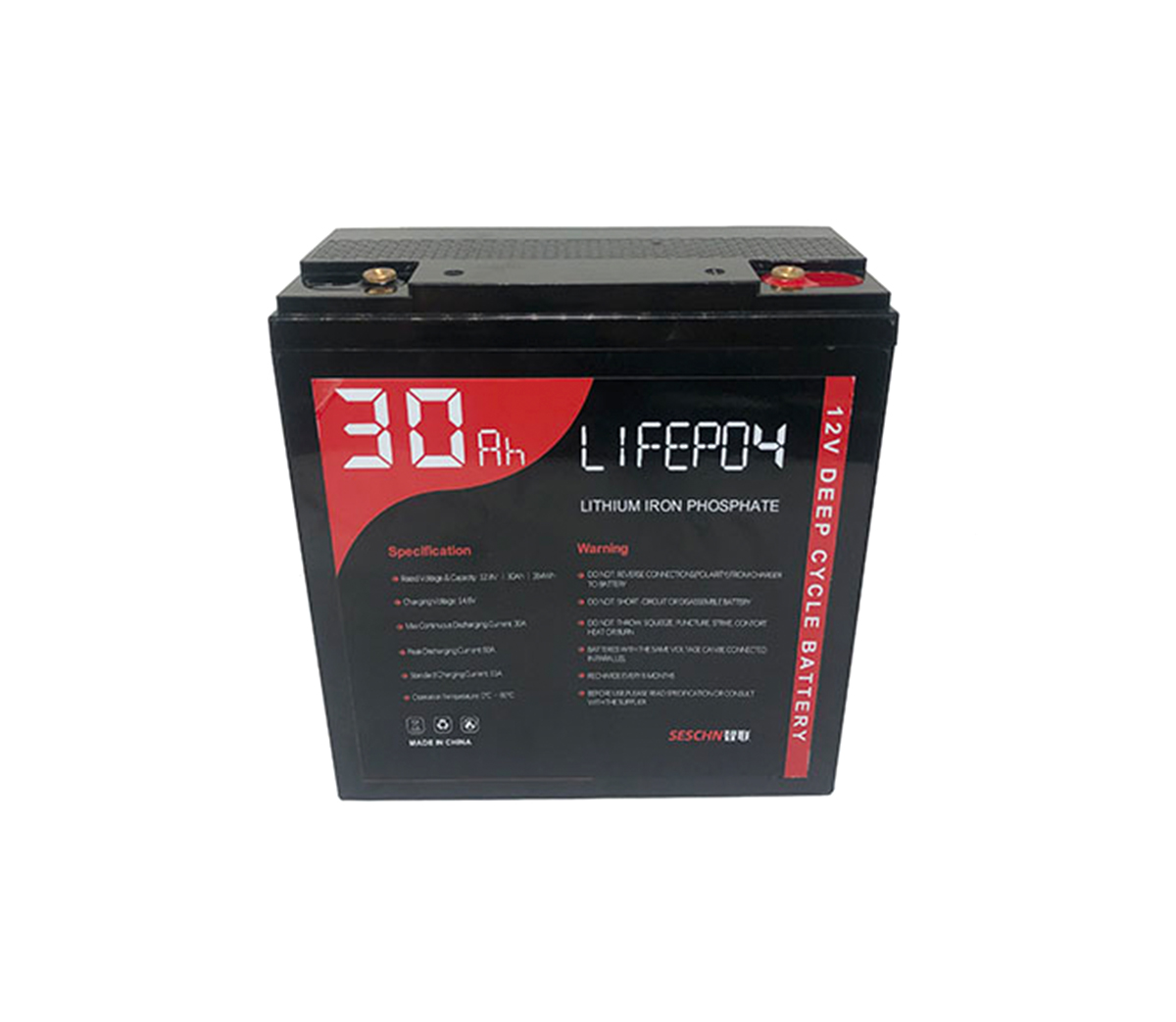There are three main reasons why sodium ion batteries cannot replace
lithium ion batteries temporarily!
The material structure of the early sodium-ion batteries would be destroyed
during the cycle, causing the battery capacity to decay rapidly, and the final
performance was that the cycle life was too low. Therefore, the CATL aimed at
this point, and the sodium battery developed with a new idea was born. The bulk
structure of the material is designed to solve the problem of rapid capacity
attenuation during the cycle.

In terms of negative electrode materials, a unique material has been
developed, which has the characteristics of high gram capacity, easy
deintercalation, and excellent circulation, and optimized the suitable
electrolyte. In this way, the sodium ions can travel freely between the positive
and negative electrodes without excessively attenuating energy. And the
production line of lithium-ion batteries can also be used to produce sodium
batteries, which effectively controls the cost.
After technical optimization, the single energy density of sodium-ion
batteries has reached 160Wh/kg, almost reaching the standard of lithium iron
phosphate batteries (150-210Wh/kg). Charging at room temperature for 15 minutes,
the power can reach 80%; and in a low temperature environment of minus 20 ℃,
there is still a discharge retention rate of more than 90%. At the same time,
the system integration efficiency can reach more than 80%.
The keywords "fast charging", "low temperature resistance" and "high
integration efficiency" directly hit the current pain points of lithium
batteries, and also let people see the hope of solving the problem of new energy
vehicles' battery life, as well as new development ideas for power batteries in
the future.
So, is there any hope for sodium batteries to occupy the market share of
lithium batteries in the field of power batteries or even eventually replace
lithium batteries? Although the current sodium batteries have shown some better
performance than lithium batteries, it is still too early for sodium batteries
to "make a big push" in the field of power batteries.
A: First of all, one of the intrinsic properties of sodium batteries is
difficult to change, that is, low energy density.
Due to the physical reasons of sodium ions, it is difficult for sodium
batteries to achieve the energy density of lithium batteries under the same
technical conditions. Although the energy density of sodium batteries released
by the CATL is close to that of lithium iron phosphate batteries, it should be
known that most of the high-end areas of power batteries now use ternary lithium
batteries. The energy density of ternary lithium batteries is very high. The
cell energy density of the cell battery is generally above 200Wh/kg, and the
high nickel system even exceeds 250Wh/kg, which has a significant lead over
sodium batteries.
Therefore, considering only energy density, sodium batteries are expected
to replace lead-acid and lithium iron phosphate batteries in the main
start-stop, low-speed electric vehicles, energy storage and other markets, but
they are more difficult to apply to electric vehicles and consumer portable
electronics. Lithium batteries in the two major areas will remain the mainstream
choice.
B: Secondly, the current cycle life of sodium batteries is still shorter
than that of lithium batteries.
Due to the relatively large sodium ion radius, a large amount of insertion
or extraction of sodium ions will cause large volume expansion or contraction of
the material, which easily induces irreversible structural changes in the
electrode material, so that the high-capacity sodium ion battery exhibits
insufficient cycle life. According to statistics, the cycle life of mainstream
sodium-ion batteries is only 1000 to 1500 times, and the products of individual
manufacturers can reach 3000 times. The most advanced sodium battery can barely
match the ternary battery, but it is also far behind the lithium iron phosphate
battery.
C: Finally, the production technology of sodium batteries is not yet mature
and the industrial chain is incomplete
This is the deadliest shortcoming at this stage, which leads to the cost of
sodium batteries and does not have an advantage over lithium batteries.
In this regard, the relationship between sodium batteries and lithium
batteries is not a simple "replacement" relationship. In the field of power
batteries, there is indeed a certain degree of competition between the two, but
they also have their own more biased areas. In the future, with the gradual
maturity of sodium battery technology and the formation of the industrial chain,
as well as the increasing shortage of lithium resources, sodium batteries are
expected to replace lithium batteries in the low-speed and low-end fields of
power batteries, while lithium batteries will continue to play effect in the
high-speed and high-end fields.

Lithium-ion battery (LIB) has become the main energy storage solution in
modern social life. Among them, lithium iron phosphate battery is a perfect
replacement for lead-acid batteries, and it is the first choice for
grid-connected peak shaving, off-grid energy storage, photovoltaic energy
storage, UPS, data center and other industries.




































